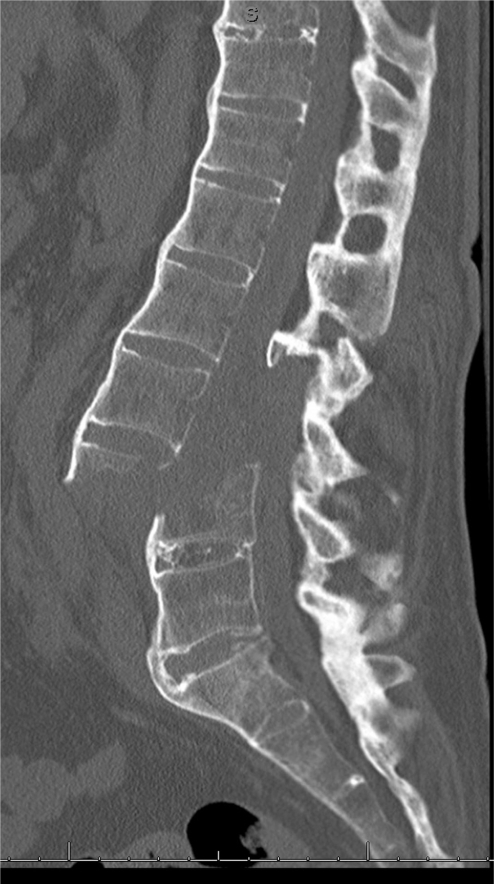

This condition can be treated with rest, anti-inflammatory medications and physical therapy if it’s not too far advanced. Improper lifting or twisting techniques.Risk factors for herniated discs include:

Actions as simple as an unexpected cough or sneeze can send your back into spasms or cause cramps. The back pain and tingling in the hands may interfere severely with day-to-day tasks.ĭepending on the location of the disc, the pain may be enough to keep you from getting out of bed for long stretches. Herniated discs higher up in the spine in our neck can lead to upper back or neck and shoulder pain and arm numbness and weakness that may stretch to the hands. When present in the lumbar spine, a herniated disc may cause lower back pain with numbness or tingling in one or both legs. Herniated discs are most common in the lower back, where the pressure on the spine is greatest. The herniation can be bulging, or sometimes called a slipped disc, puts pressure on spinal nerves, which leads to potentially debilitating pain. Herniated discs are usually caused due to the degenerative condition from normal or traumatic wear and tear on the disc. When a disc is herniated, a fragment from within the nucleus gets pushed out of through the annulus into the spinal canal. They have a tough outer layer called the annulus, and an inner layer called the nucleus, which helps absorb shock between each vertebra. This need is fulfilled by small discs, which are round and flat. Your spine’s vertebrae are constantly in a state of bending and flexing, so they require cushioning to absorb the force of our body weight, stay aligned and healthy. If sciatica doesn’t respond to conservative treatment and physical therapy, you may need to consult a spine surgeon for resolution.
#Cracked disk xray lumbar spine skin#
The sciatic nerve is responsible for controlling multiple muscles in your lower legs, as well as sensation to the skin of your feet. This state is called radiculopathy or sciatica. When the sciatic nerve is compressed or pinched by a herniated disc or boney growth called spinal stenosis, you’ll experience severe shooting pains that are often accompanied by intermittent numbness and a persistent feeling of weakness. With the extensive reach and size of the sciatic nerve, it comes as no surprise that the pain associated with injuring it can be completely debilitating. The sciatic nerves are also the largest, with a thickness comparable to your little finger. You have two of these nerves, one on each side of your body. It starts at the lumbar portion of the spine and reaches through your buttocks, all the way down the back of your leg and through the foot to the big toe. The sciatic nerve is the longest nerve in the body. The following breakdown of spinal conditions may be able to help pinpoint what’s causing you to lose sensation or experience uncomfortable tingling.
#Cracked disk xray lumbar spine how to#
When you’re not sure what’s causing your spine numbness and tingling, you may feel helpless and unsure of how to seek help. This combination of tingling and numbness in the spine can produce neck, back, arm or leg pain can make everyday tasks difficult and keeps your quality of life from reaching its potential. That feeling of numbness and tingling is often an indication that you’re suffering from one of many spinal conditions, and they’re usually accompanied by back pain of varying severity. It can be frightening to suddenly notice that your back, arms, or legs are tingling and numb.


 0 kommentar(er)
0 kommentar(er)
